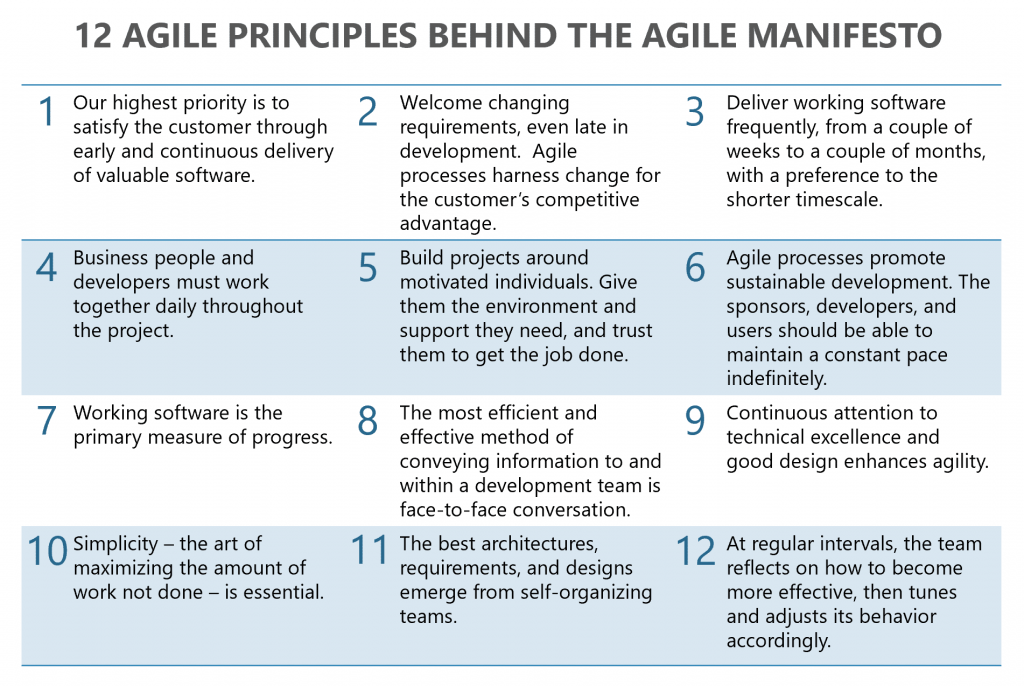The Agile project management methodology is well-known in the software industry – and, indeed, it’s become popular in other industries. Engineering, Construction, Aerospace, Pharma: all of these industries benefit from applying Agile to projects. Agile has completed transformed the way that companies operate and develop their products. But what were the origins of this game-changer?

Agile’s roots trace far back– in fact, the methodology recently celebrated its 20th anniversary. In February of 2001, seventeen software developers gathered together at a ski lodge in Utah. They were there to eat, drink, ski, and relax. That might sound like an ordinary ski trip, but there was actually another purpose of their meeting: to solve software development problems.
The group of developers agreed that the status quo of software development processes simply was not working; it was too heavyweight and document-driven. Throughout the gathering at the ski lodge, the group worked together to create The Agile Manifesto, a document for agile software development based on 4 values: prioritize individuals and interactions over processes and tools, working software over comprehensive documentation, client collaboration over contract negotiation, and response to change over strictly following plans. There were also 12 principles outlined in the document:

The Agile Manifesto opened for signature in October 2001. A few months later, in May 2002, Intetics’ founder and CEO, Boris Kontsevoi, signed it. Over the next 11 years, the Manifesto continued to garner signatures and publish them on a monthly basis – you can see the full index of signatures here.
Kontsevoi and other professionals in the software industry recognized the potential of Agile. They realized that this Manifesto could usher in modern methods of doing work, fitting the transition to the 21st century. And, to this day, the Agile Manifesto continues to stand up: not only has it changes the business landscape over the last two decades, but it will continue to shape processes in the decades to come.
